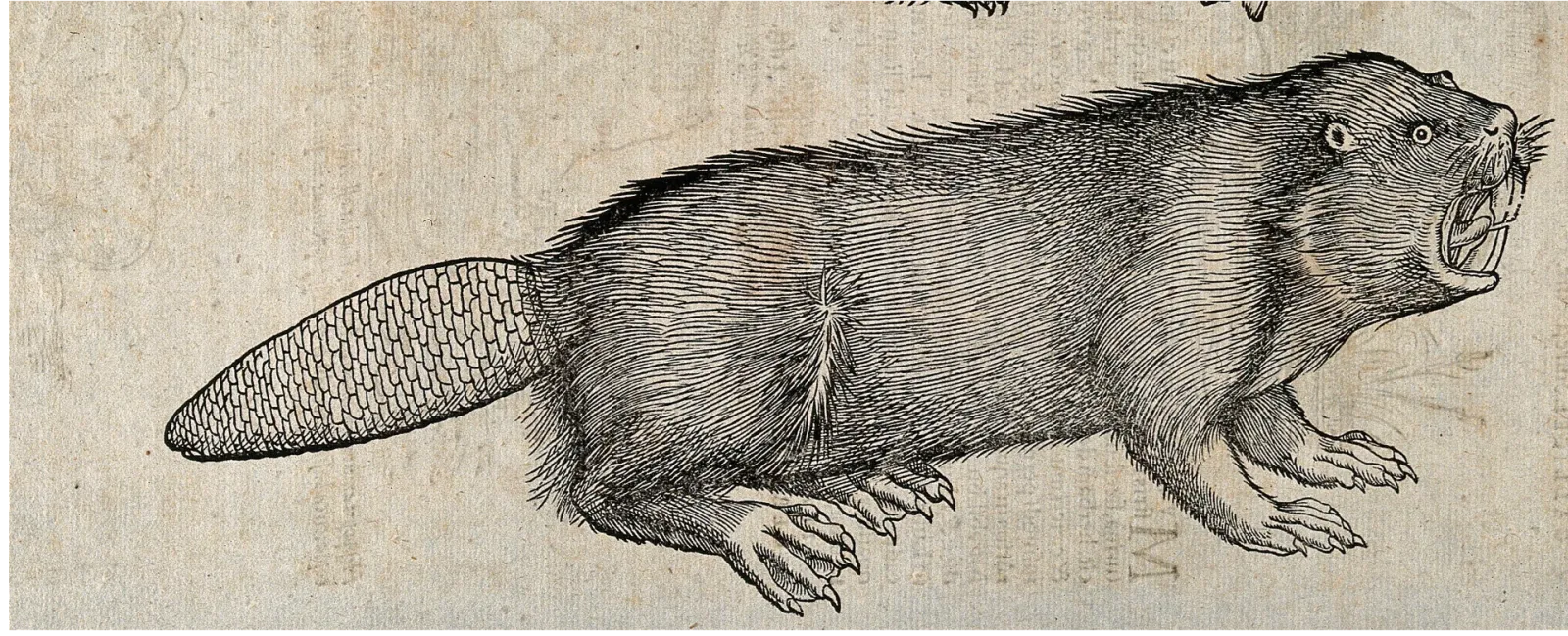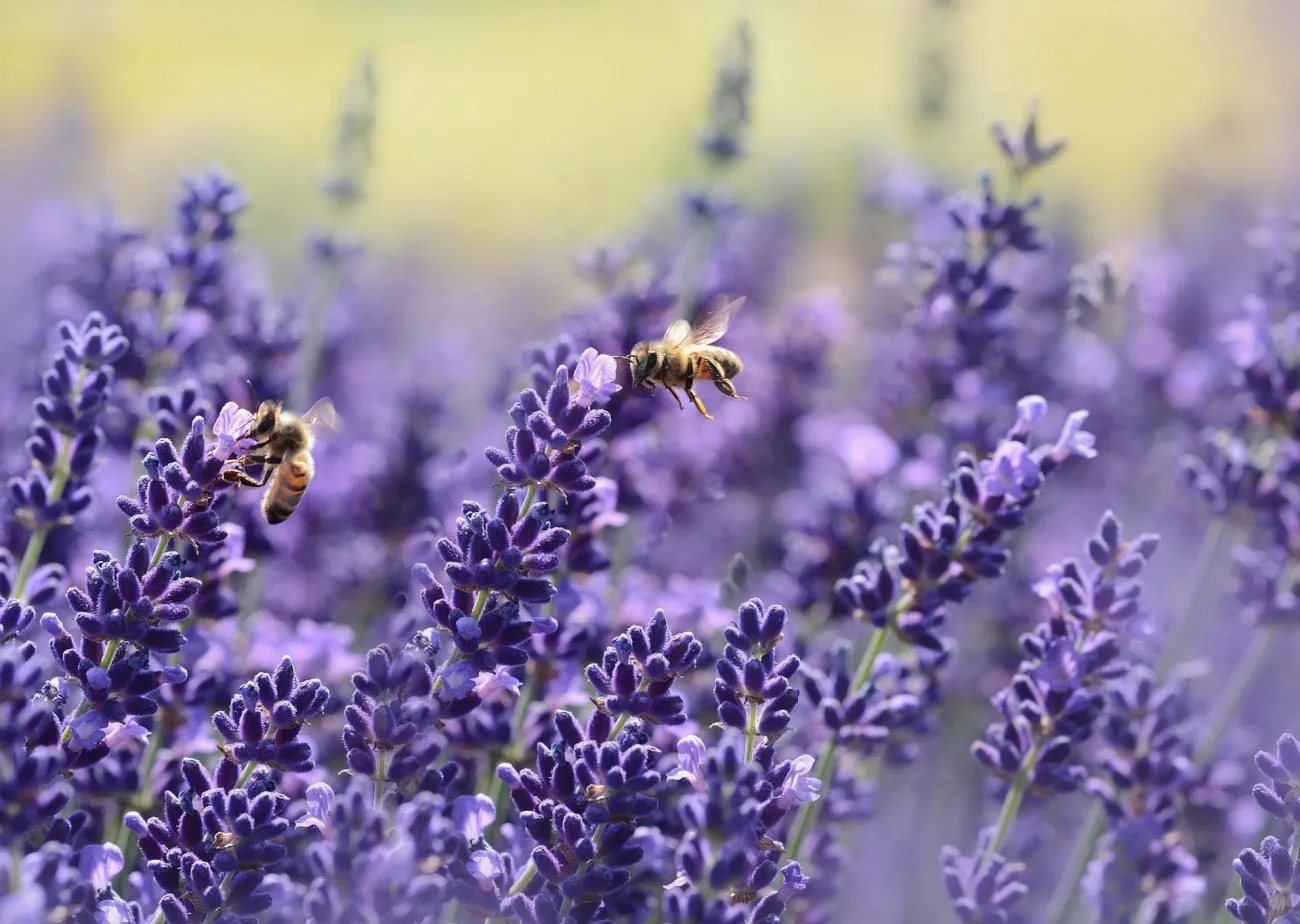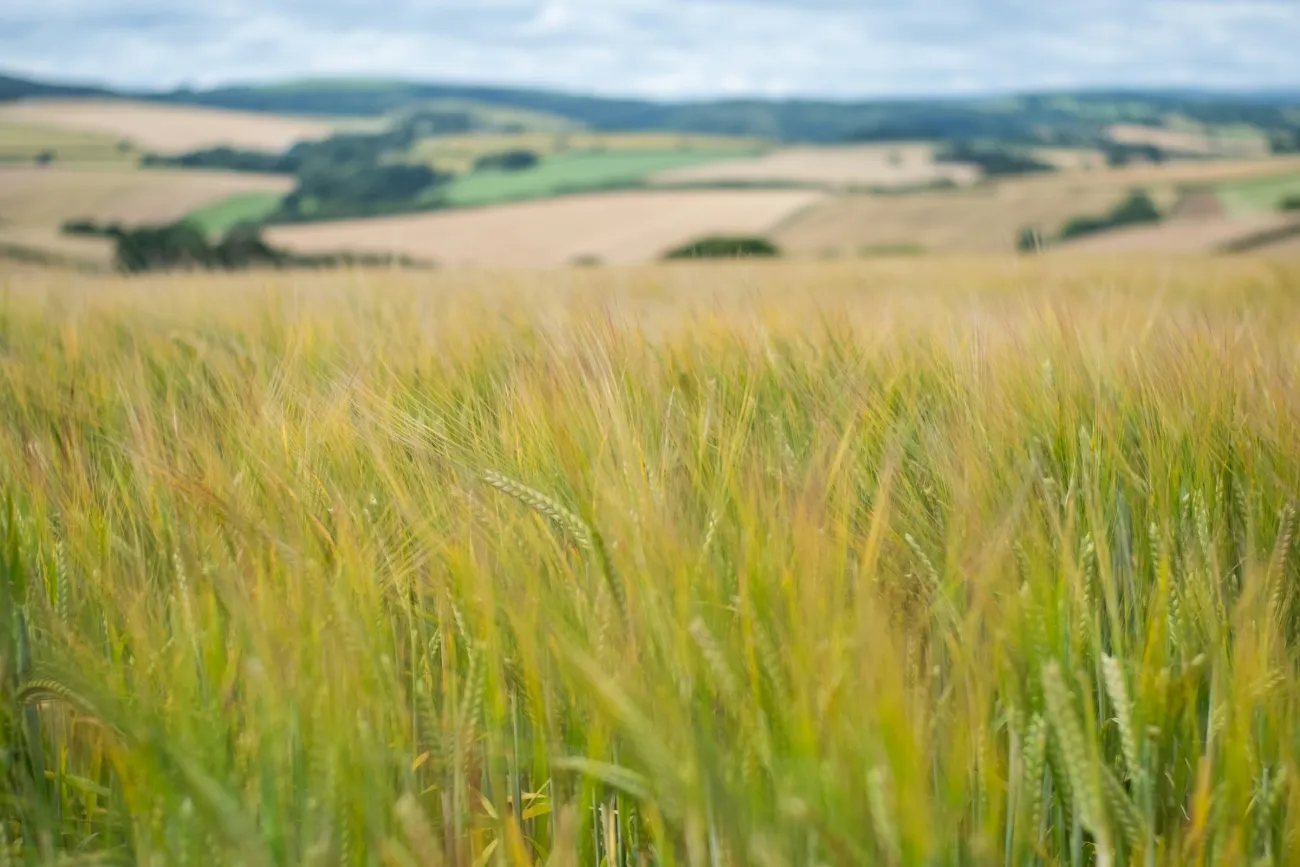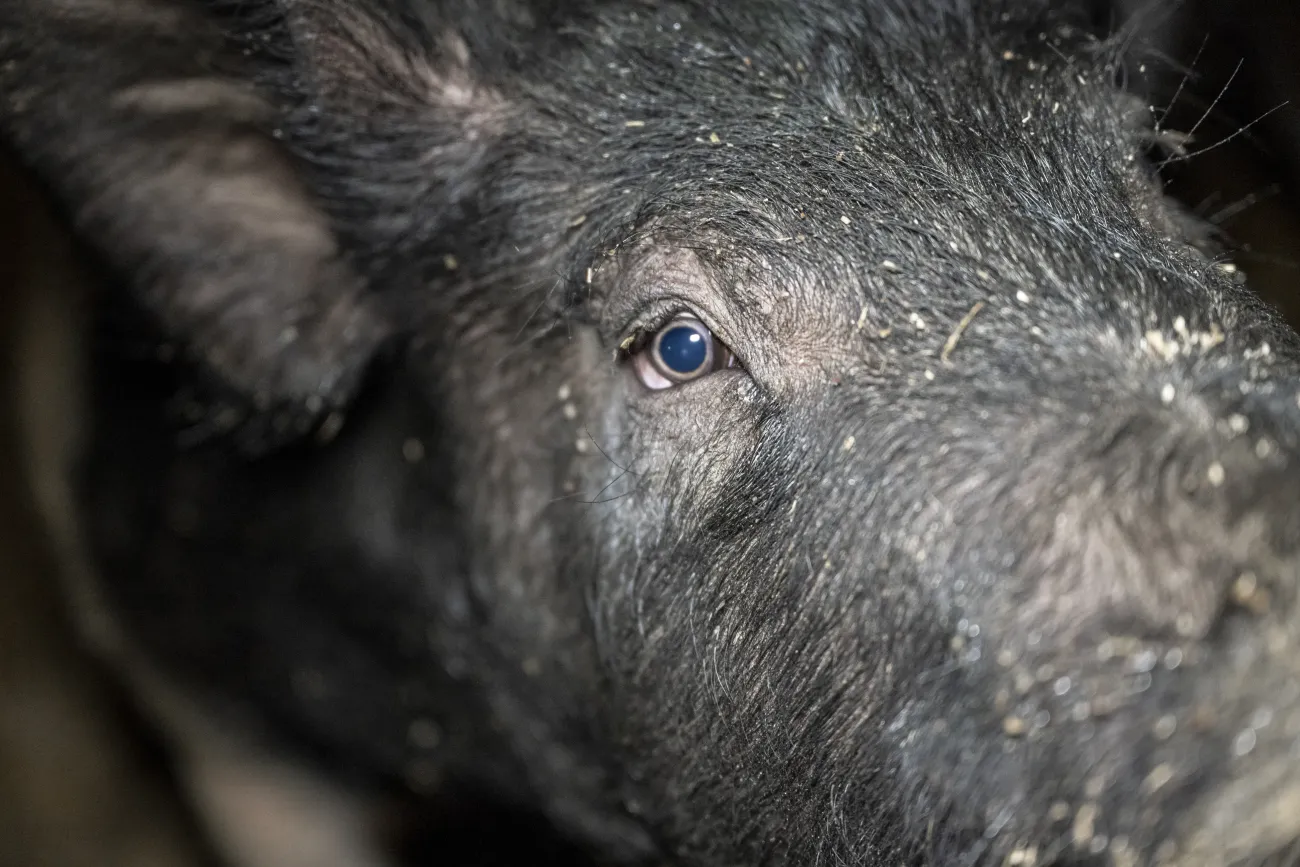Researcher Alma Igra finds that what it means for a species to be native has long been bound up with ideas of human belonging: relationships with animals have been one of the many ways in which colonisers have enacted and justified control over people, resources and animals. In this blog she asks if acknowledgement of this colonial legacy can give us a broader understanding of what it means to protect nature and who we protect it for, and a more inclusive approach to animal and environmental care.
Alma Igra is a historian who writes about food, science and animals in the 20th century. She completed her PhD at Columbia University in 2020 and is currently a post-doctoral fellow at the Polonsky Academy.

October 2022 was a famously unstable time for the British pound, the Tory party, and, following the death of Queen Elizabeth II, the British monarchy. As memes depicting Downing Street as an Airbnb apartment (“perfect for short stays,” a reference to the brief incumbency of Liz Truss as Prime Minister) took Twitter by storm, another group of British residents discovered that their status was about to change: the beavers. The Eurasian beaver was recently declared an English native animal, quickly changing its status from a species that could be hunted or killed to a protected, even cherished, member of the nation.
The beaver example
Humans have long projected conflicting emotions toward beavers. We consider them wild, as they live in untamed environments and can't be used for agriculture. But we also associate them with technology and describe them as "building" or even "engineering" their habitat. We discuss the beaver's activity as intentional technological interference with "nature". Like many other creatures, they modify their environment, but we project concepts of industrial productivity or technology on them in the popular imagination, in environmental policy, and in science. While we have never really monetized or industrialized their work (just their fur and flesh), the power of the metaphor prevails: in the UK, the London School of Economics features a beaver mascot because it is a "hard-working and industrious yet sociable animal". In North America, students of the Massachusetts Institute of Technology (MIT) celebrate their beaver mascot as the "engineer of nature," an animal that can naturally do what the most intelligent students need to spend years (and hundreds of thousands of dollars) training for. About a dozen other schools and professional associations in engineering currently use a beaver in their logo as their mascot or as part of their name.
When it comes to irruption and intrusion into nature, the status of the beaver is equally fraught. Are they a native species? An invasive species? A danger to nature? Global attempts to both eradicate and introduce beavers, sometimes in the same region, have shaped our interactions with this creature over the past two centuries.1 In the UK, beavers have moved between categories of protection and danger several times. Once part of the English ecosystem, beaver were extirpated due to hunting and habitat loss in the 16th century. They appeared again in South East England in 2013, apparently reintroduced from mainland Europe (by whom, and whether accidentally or intentionally, is unknown). These English beavers are now protected under the Wildlife and Countryside Act, meaning it is a crime to deliberately disturb, capture, kill, or injure them without a license. Their Scottish counterparts have been enjoying a similar status since 2019.
Locating ‘nativeness’ and ‘invasion’
All of this is rather intriguing to members of my own breed, historians. The very classification of a species as "native" or "invasive" is a historical one because it encapsulates an argument about the movement of creatures in the world over time. It also begs the question of how long somebody should live somewhere to be classified as "native". Two hundred years? Four hundred years? Four thousand years? No one asks when a native species arrived somewhere (the implicit answer is, of course, that it has always been there). But historians show that even "forever" tends to happen in one time or place. Rebecca Woods explored the history of "native" breeds in the British Empire and how contingent the term "native" tends to be. The process of making and unmaking native habitats is historically tied to changing perceptions of empire, nation, and colonies. As Woods' research on sheep shows, in the 19th century, breeding and animal-based economic development were ways for both humans and animals to "become native" in different colonies.2 It is, therefore, of little surprise that societies that struggle to define their borders, claim right to the land, or try to legitimate colonial enterprises, tend to be particularly invested in classifying native and invasive species. In Scandinavia, the muskox imported from Greenland in the 19th and 20th centuries achieved cultural integration at odds with its “non-native” status, prompting discussions on "native" species and national belonging.3 In Palestine/Israel, British and Israeli authorities obsessed over the breed of goats ubiquitous to Palestinian-Arab subsistence and criminalized its harmful grazing in governmental areas of afforestation.4 In Rhodesia (now Zimbabwe) settlers developed forms of pest control to destroy "problematic" animals. The same methods of killing were later repurposed against people, and African guerrillas fighters became "vermin beings".5 In other words, attempts to reframe colonizers as native go hand in hand with conversations on the biological "nativeness" of animals. The historical is often hidden in this discussion under the biological, but the distinction ultimately collapses.6 The way in which we mark the boundaries of ecological belonging is intertwined with other fantasies about time, place, and being at home.7
A colonial history of protection
Animal protection, then, is attached to historical interpretation of nature, especially to the age of empires in which ideas about nature as a home (with wanted and unwanted guests) enabled different kinds of violence towards animals and humans. After all, we protect native animals and persecute invasive ones, with a conveniently flexible definition of "native". This is, however, just one of the many ways in which animal protection, conservation, and charity is entangled with histories of Empire, particularly in the UK. I study the global and imperial network of organizations like the British Royal Society for the Prevention of Cruelty to Animals (RSPCA), organizations that advocated for animals and developed new scientific and medical mechanisms to handle animals in the colonies. We are used to talking about these organizations in a domestic setting and we often associate them with 19th century Victorian sensibility towards animals. Still, they had an imperial scope that grew much more prominent in the 20th century. Animal charities – including those focused on pet shows, protection of laboring animals, conversion of wild animals, and technologies for the humane killing of ill animals – sprouted all around the globe in different British-dominated territories. They had concrete ties to imperial taxation systems, veterinary schools, and police (police forces arrested animal owners for abusing their animals, and in some cases, RSPCA officers had extended policing capacity).8 Establishing a new branch for an animal charity organization was a typical activity for the wives of colonial officers in the early 20th century anywhere from Cairo to Ceylon, becoming a part of the making of colonial families and colonial careers.
These charity organizations clashed with - but also sometimes depended on - other traditions of animal care. Indigenous communities and colonized people had their own ways of caring for their animals, involving religious, medical, and agricultural know-how.9 All of this means not only that when we write histories of animal protection we need to think about traditions of care in both the global north and global south, but also that we need to situate animal protection within the centuries-long relations between the two. For us to understand British colonialism, we need to follow all sorts of creatures that were utilized to establish control over lands, people, and resources.
Loving, eating, wearing
Even though a lot of the discussion of animal welfare currently occurs in the context of livestock usage in agriculture, we protect different species for all sorts of emotional and financial reasons. We tend to favor some beings over others, and as Melanie Joy puts it, we “Love Dogs, Eat Pigs, and Wear Cows”. But people sometimes also eat dogs, love cows, and wear pigs. Categories of care and emotional attachment to animals are contextual, historical and, most importantly, not entirely predictable or consistent. Historians can give us examples of people who turned their laboratory animal into a pet, the bugs in their home into an experimental subject, or their pet into their business.10 Like any other relationship, we often come to meet animals in one way, and drift into a different set of emotions and practices after we live with them for a while. When we limit the conversation of animal protection to agriculture alone, we duplicate some of the commercial taxonomy of animals, in which there’s a clear division between animals we care about and those we don’t. But actual encounters – that thing that happens “when species meet”11 - transform humans and animals in surprising ways.
If we indeed make an effort to acknowledge the legacy of Empire in animal protection and in the conservation discourse, we could emerge with a more well-rounded approach to what it means to protect nature and who we do it for. Practically speaking, this is not to cancel the biological importance of conservation but to acknowledge the political and social aspects that biological thinking tends to exclude from the conversation. It also makes room for more traditions and approaches to human-animal ethics. This should work towards a more inclusive approach to environmental thinking, care, and being at home.




Comments (0)